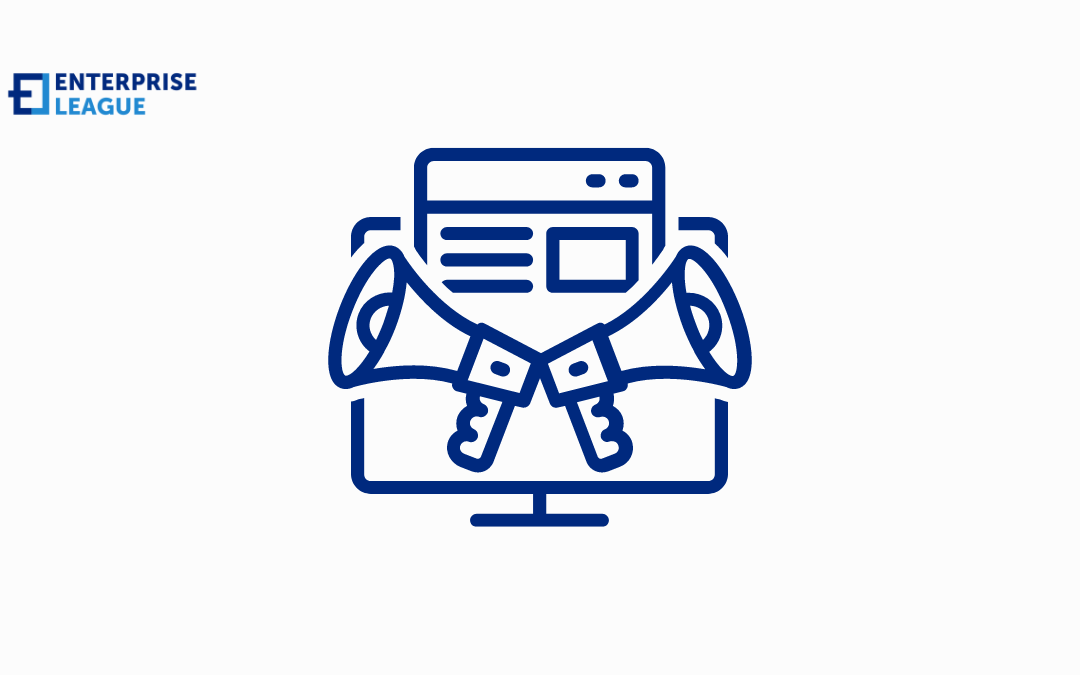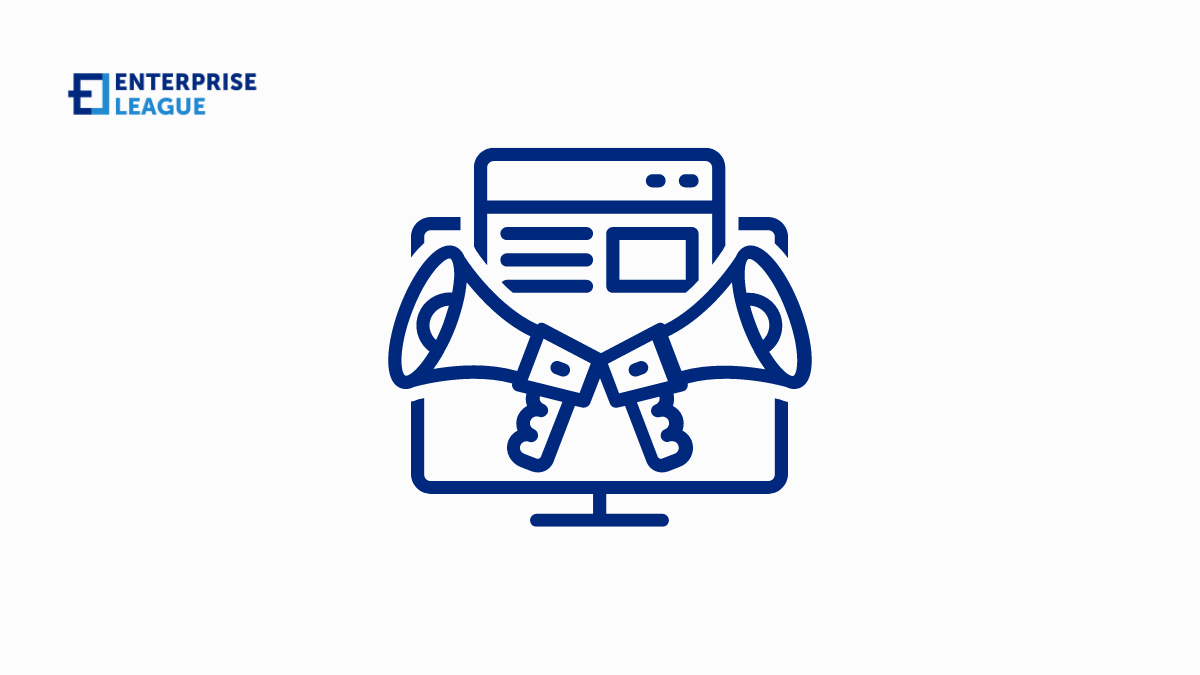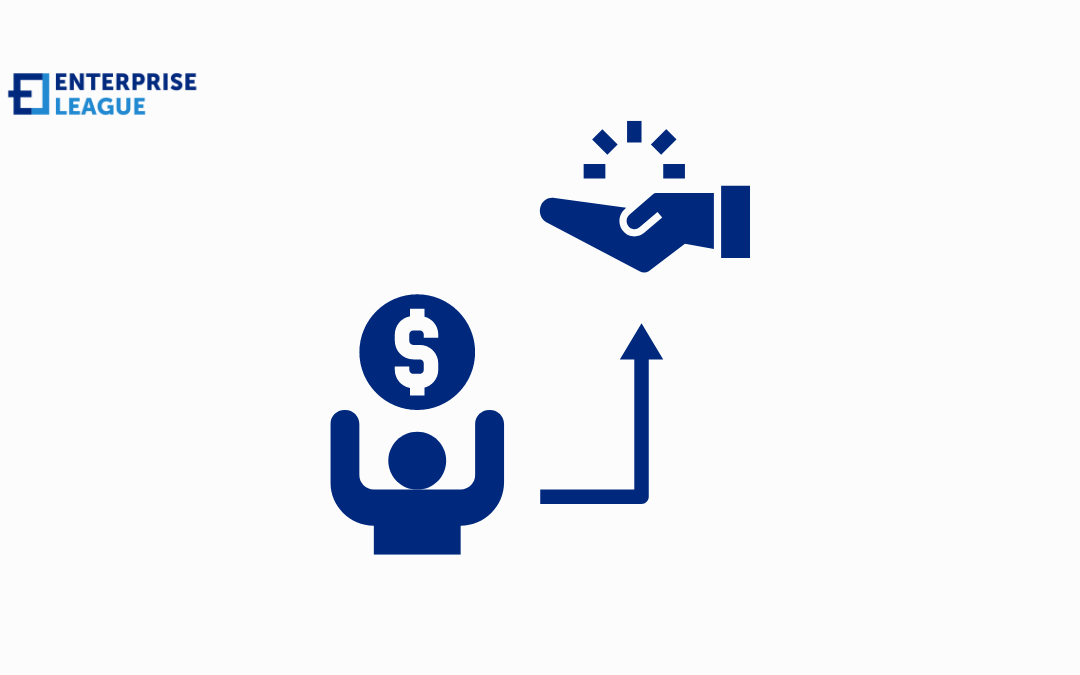In this article we will discuss and discover more about all those actionable growth strategies that can help you and your small business scale faster.

Strategies for binary options trading in the cryptocurrency market
Strategies for binary options trading in the cryptocurrency market
February 15, 2024

The cryptocurrency market, known for its volatility and dynamic nature, presents unique opportunities for binary options traders. However, navigating this market successfully requires tailored strategies that account for its peculiarities.
Understanding the crypto market dynamics
Before diving into specific strategies, it’s crucial to understand the cryptocurrency market’s distinct characteristics. Cryptocurrencies are known for their rapid price fluctuations, influenced by factors such as technological developments, regulatory news, market sentiment, and macroeconomic trends. This volatility, while potentially risky, can create opportunities for astute binary options traders.
Having a reliable partner by your side can help you ride the tides of the crypto market more smootholy. Take the time to research brokers and pick the one offers tools and resources on crypto trading specifically. You can check the following list to get started.
Keeping abreast with market news and trends
Staying informed is key in the crypto market. News regarding regulatory changes, technological advancements, or major global events can significantly impact cryptocurrency prices. For binary options traders, this means regularly following crypto news on platforms like CoinDesk or CryptoSlate and using this information to predict market movements.
Tip:
- Follow crypto news: Stay updated with the latest developments in the cryptocurrency world.
- Understand the impact: Learn how different types of news (regulatory, technological, etc.) typically affect market sentiment and prices.
Technical analysis and charting
Given the volatility of cryptocurrencies, technical analysis becomes a vital tool. It involves analyzing price charts, identifying patterns, and using various indicators to predict future price movements.
Tip:
- Use technical indicators: Leverage tools like moving averages, Bollinger bands, and the Relative Strength Index (RSI) to make informed predictions.
- Chart patterns: Be proficient in recognizing chart patterns such as head and shoulders, triangles, or flags that often indicate future price movements.
Sentiment analysis
The mood of the market can significantly impact cryptocurrency prices. Sentiment analysis involves gauging the overall attitude of the market participants towards a particular cryptocurrency.
Tip:
- Social media monitoring: Platforms like Twitter and Reddit can be goldmines for understanding market sentiment.
- Analytical tools: Utilize sentiment analysis tools that aggregate and analyze data from various social media and news sources.
Risk management
In a market as volatile as crypto, risk management is paramount. It’s essential to set clear rules for how much risk you’re willing to take on each trade.
Tip:
- Set stop-soss orders: Define your risk threshold and set stop-loss orders to automatically close positions once this limit is reached.
- Diversify across cryptocurrencies: Don’t put all your eggs in one basket; spread your trades across different cryptocurrencies.
Timing your trades
In binary options trading, timing is everything, especially in the crypto market. Understanding when to enter and exit a trade is crucial.
Tip:
- Leverage market cycles: Identify bullish and bearish cycles in the cryptocurrency market and adjust your trading strategy accordingly.
- Avoid trading during high volatility: Unless you’re an experienced trader, it’s often wise to avoid trading during periods of extreme volatility.
Using demo accounts for practice
Before jumping into real-money trading, practicing with a demo account can be incredibly beneficial, particularly in understanding the nuances of the crypto market.
Tip:
- Simulate real trading conditions: Use the demo account as if it were real money to get a genuine feel for the market.
- Test strategies: Experiment with different strategies in the demo environment to see what works best without any financial risk.
Continuous learning
The cryptocurrency market is constantly evolving. Continuous learning and adaptation are key to staying ahead.
Tip:
- Stay informed about new cryptocurrencies: New cryptocurrencies can sometimes offer lucrative trading opportunities.
- Educational resources: Make use of online courses, webinars, and other resources to stay updated with trading strategies and market trends.
Conclusion
Trading binary options in the cryptocurrency market requires a blend of technical skill, market knowledge, and emotional control. Remember, the cryptocurrency market’s volatility can be a double-edged sword – it presents significant opportunities but also considerable risks. As such, these strategies should be employed with caution and a clear understanding of the potential outcomes.
More must-read stories from Enterprise League:
- Debunking the most common myths of entrepreneurship.
- What’s the secret to running successful cold email campaigns?
- Profitable online education business ideas that you should be aware of.
- Getting your product in stores doesn’t have to be complicated.
- Learn how to deal with being proffesionally ghosted like an expert.
Related Articles
Innovative growth strategies for small businesses to scale faster
3 ways sales enablement tools boost SaaS sales efficiency
Let’s explore the three ways sales enablement tools improve SaaS sales efficiency, from optimizing sales team performance to accelerating deal closure.
Disaster recovery plan: A must-know for enterprises
In this article we will discuss more about what actually is a disaster recovery plan, the benefits of it and why is it important for enterprises like yours.
Netflix game-changing pivot
Netflix’s journey from DVDs to digital changed how we watch TV forever. So let’s discover their strategic moves and current fight to stay ahead of competition.
10 poor leadership qualities you should stay away from
Being aware of the bad leadership qualities can help you recognize some of them in yourself and take concrete steps to become the leader your team deserves.















